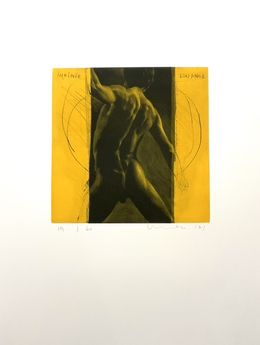
Infinie Louange, estampe originale
Kurt Mair
Print - 57 x 45 x 0.08 cm Print - 22.4 x 17.7 x 0 inch
$380
In 1603, the supreme leader of Japan, Tokugawa Leyasu, named the city of Edo (modern-day Tokyo) as the capital of the archipelago. This decision led to a blossoming of the arts for more than two and a half centuries, known as the Edo period. During this period, with the exception of a few trade deals, Japan completely closed its borders. It developed a strong and striking culture, particularly when it came to printmaking. Already popular in China, printmaking was popularised in Japan by Hishikawa Moronobu and Suzuki Harunob. Strong competition and a price war emerged between printmakers in Edo. At the time, prints had a commercial purpose and were not considered as works of art. The names of their creators were not known as several people were involved in their production. Prints were a part of everyday life. They could be found on calendars, as decorations or on advertisements. Later, there were also prints made of 19th century actors, which are among the rarest and most expensive prints today, especially those by Toshusai Sharaku. The most famous prints are those of landscapes, a genre represented by masters such as Hokusai and Hiroshige and which inspired many European painters in the 19th and early 20th century. Japanese society had a deeply-held belief that everyone is inhabited by souls and spirits; consequently, prints depicting legends are also very prized. During this period, when life was tough for the Japanese people and when men enjoyed great sexual freedom, many erotic prints were created, including the famous "Abuna-e" and the licentious "Shunga". Over the centuries, the value of prints increased and engravers gained more recognition. They spread throughout the world when Japan's borders were re-opened, which led to a fascination with printmaking amongst many artists. The process of making a print is simple but hard to master: glue is applied to a block, the drawing is glued to it, facing the wood, then the engraver scores the lines, hollows out the surrounding wood and then engraves the drawing. The engraver engraves as many blocks as there are colours in the image. Finally, he applies colour to the engraved block, spreading it out and prints the image onto a surface. In the 19th century, printmaking gained popularity in the Western world, following two universal exhibitions in Paris and London in 1870. Artists began collecting them and then imitating the technique and style of ukyo-e (images of the floating world). This is called Japonism. The artists who drew inspiration from Japan include Claude Monet, Edouard Manet and Vincent Van Gogh who were all fascinated by the artworks of the prolific Edo period which provided them with new rules, new subjects and a new colour palette. Van Gogh even wrote: “All my work is based to some extent on Japanese art... Japanese art, in decline in its own country, is taking new roots among French Impressionist artists." Impressionism, like printmaking, focused on the outdoors and aimed to depict a personified version of nature. It was also inspired by Japanese engravers and their way of breaking the rules of perspective to focus instead on movement, light and colour.
Save your search and find it in your favorites
Save your search to find it quickly
Saved search
Your search is accessible from the favorites tab > My favorite searches
Unsaved search
A problem occurred

Print - 57 x 45 x 0.08 cm Print - 22.4 x 17.7 x 0 inch
$380


Print - 57 x 45 x 0.2 cm Print - 22.4 x 17.7 x 0.1 inch
$380
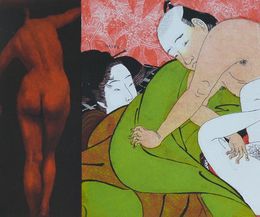
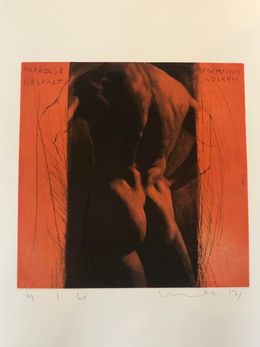

Print - 45 x 57 x 0.2 cm Print - 17.7 x 22.4 x 0.1 inch
$380
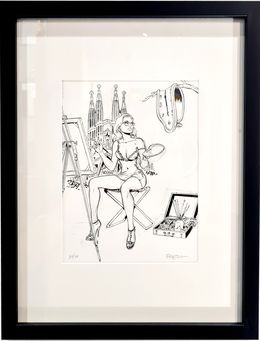

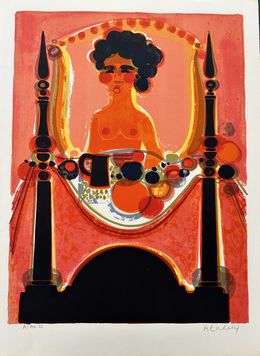
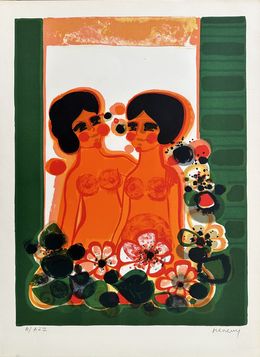
Print - 65 x 48 x 0.2 cm Print - 25.6 x 18.9 x 0.1 inch
$178



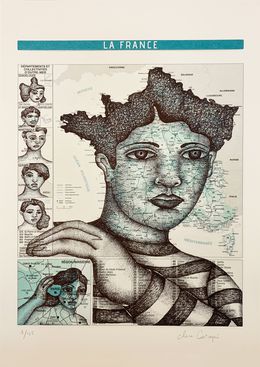

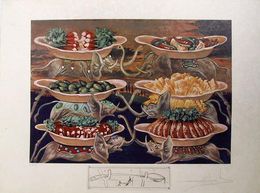

Print - 80 x 60 x 0.05 cm Print - 31.5 x 23.6 x 0 inch
Sold
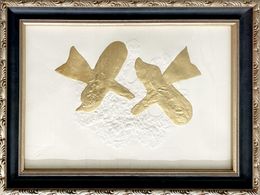




Print - 58 x 75 x 1 cm Print - 22.8 x 29.5 x 0.4 inch
Sold
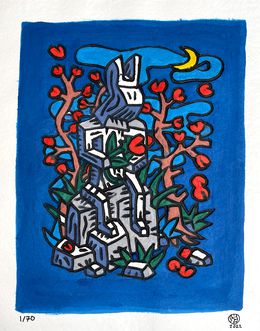
Print - 53 x 42 x 0.5 cm Print - 20.9 x 16.5 x 0.2 inch
Sold


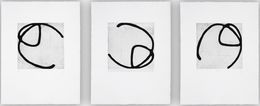
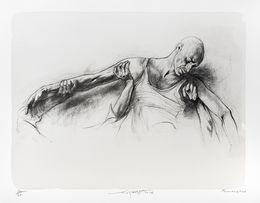
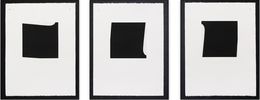

Print - 76 x 110 cm Print - 29.9 x 43.3 inch
Sold
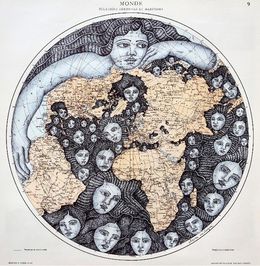

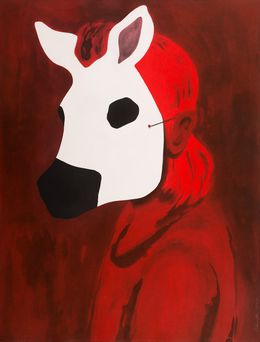



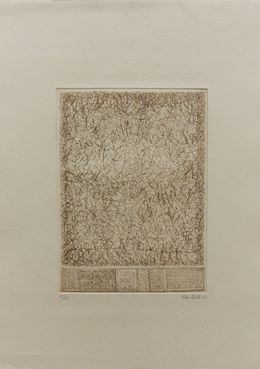

Print - 135 x 95 x 0.05 cm Print - 53.1 x 37.4 x 0 inch
Sold
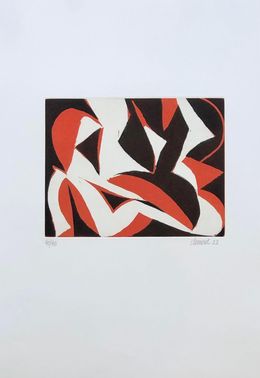
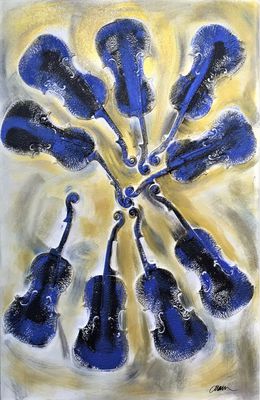


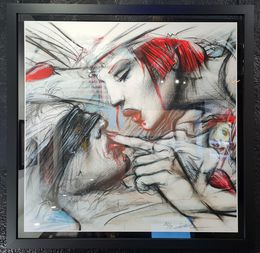
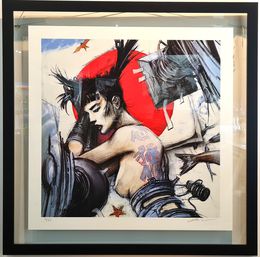
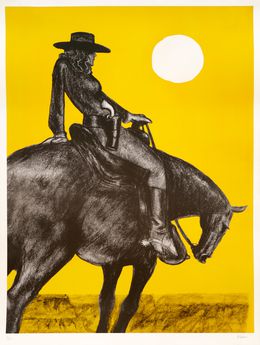
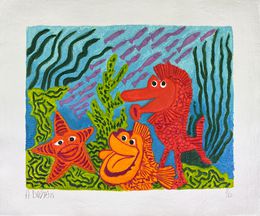
Print - 52 x 62 x 1 cm Print - 20.5 x 24.4 x 0.4 inch
Sold
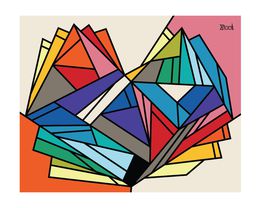
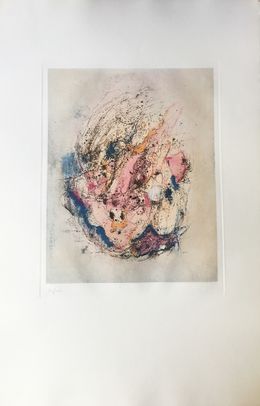
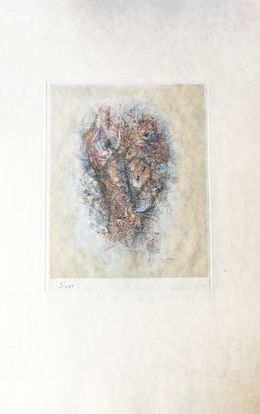

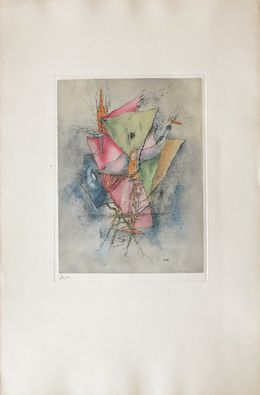




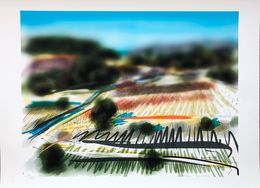
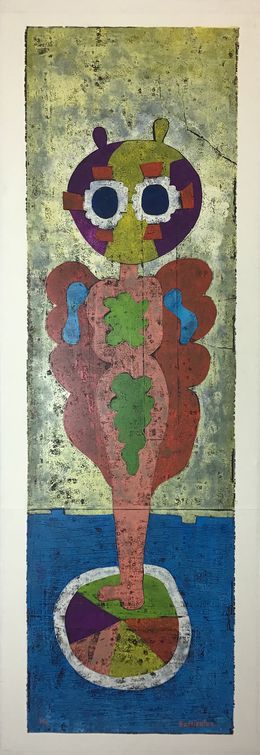



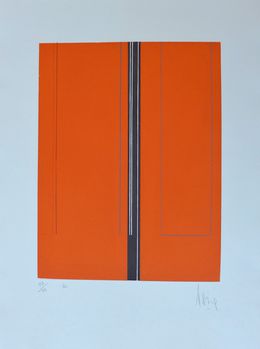

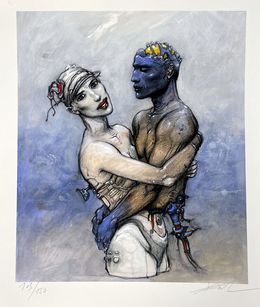

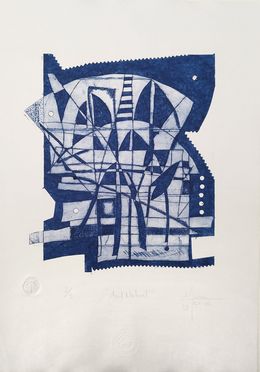

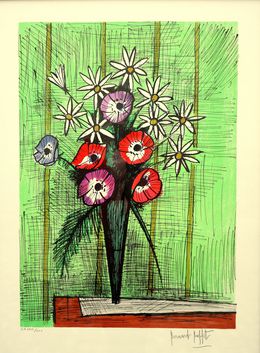
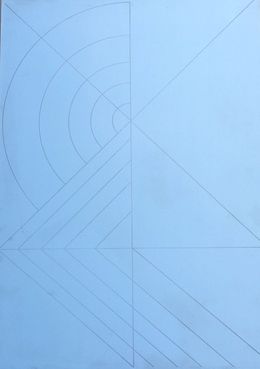
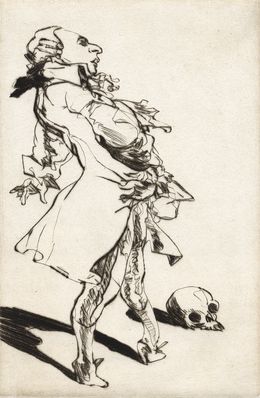



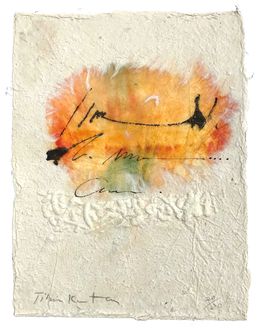
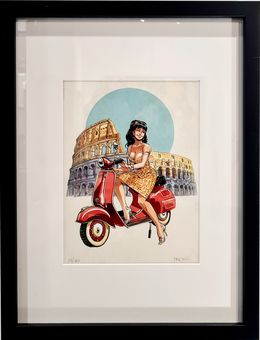
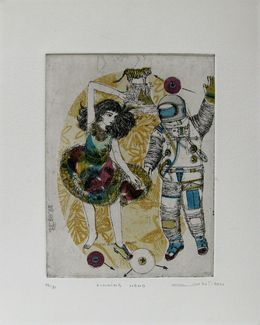
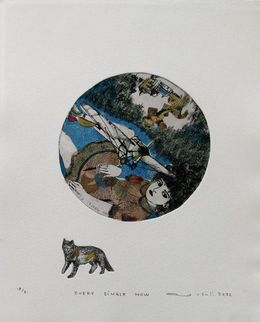
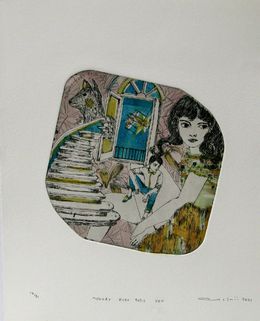
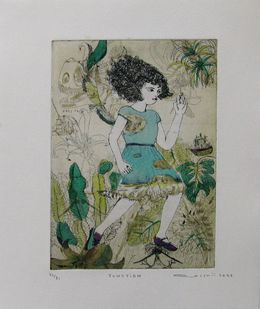


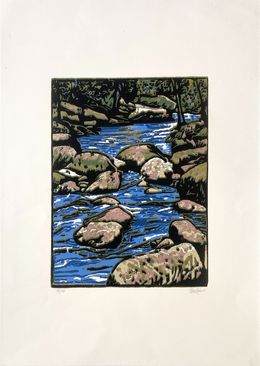

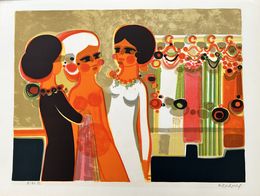
Print - 48 x 65 x 0.2 cm Print - 18.9 x 25.6 x 0.1 inch
Sold

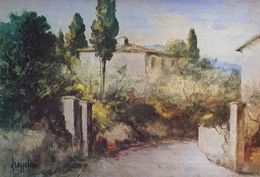

Print - 46 x 35.9 cm Print - 18.125 x 14.125 inch
Sold
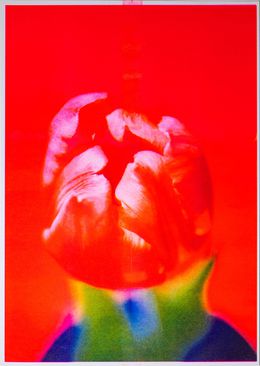




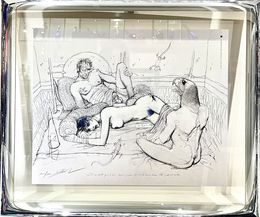


Choose your preferences
The art is yours
The art is yours